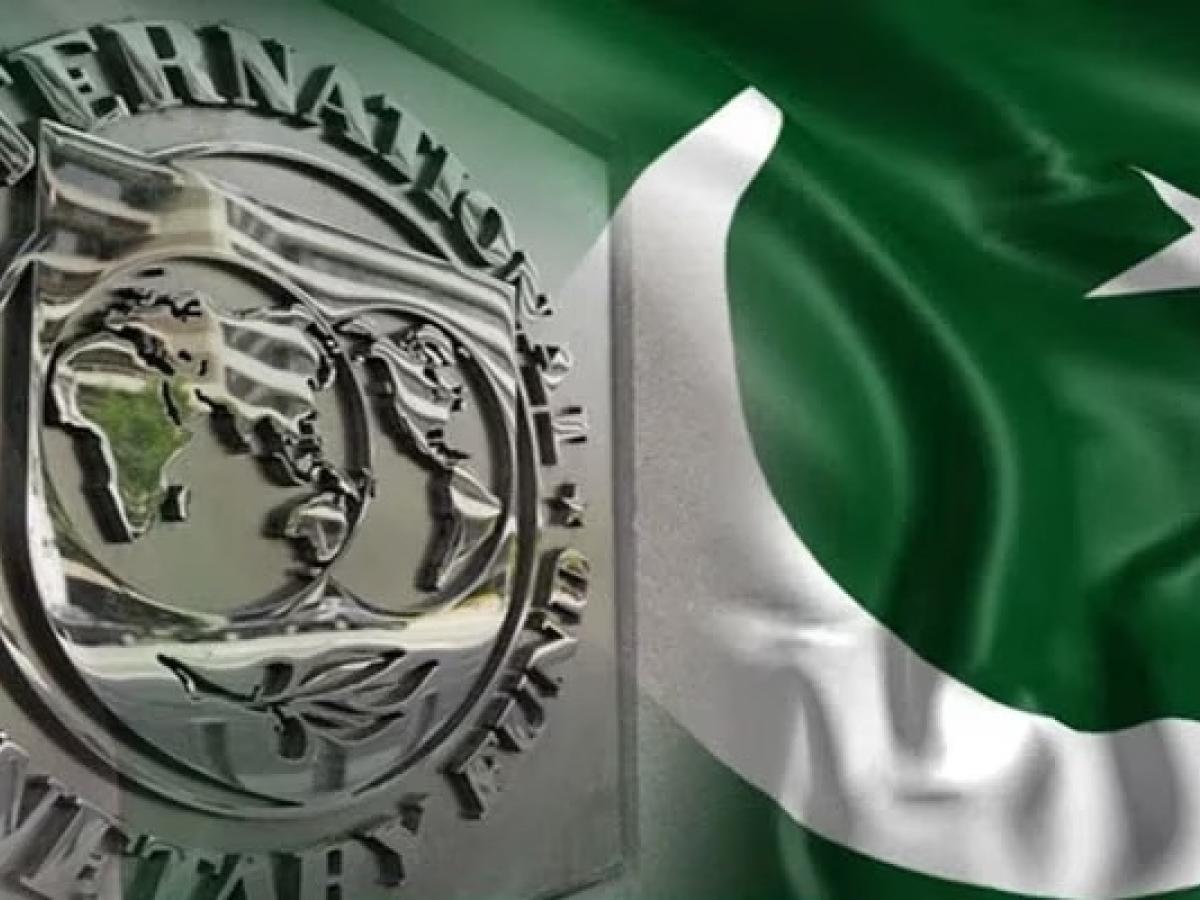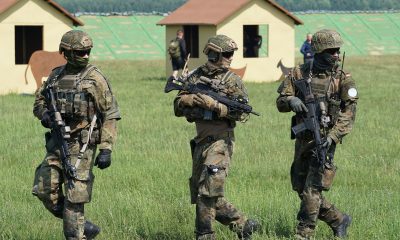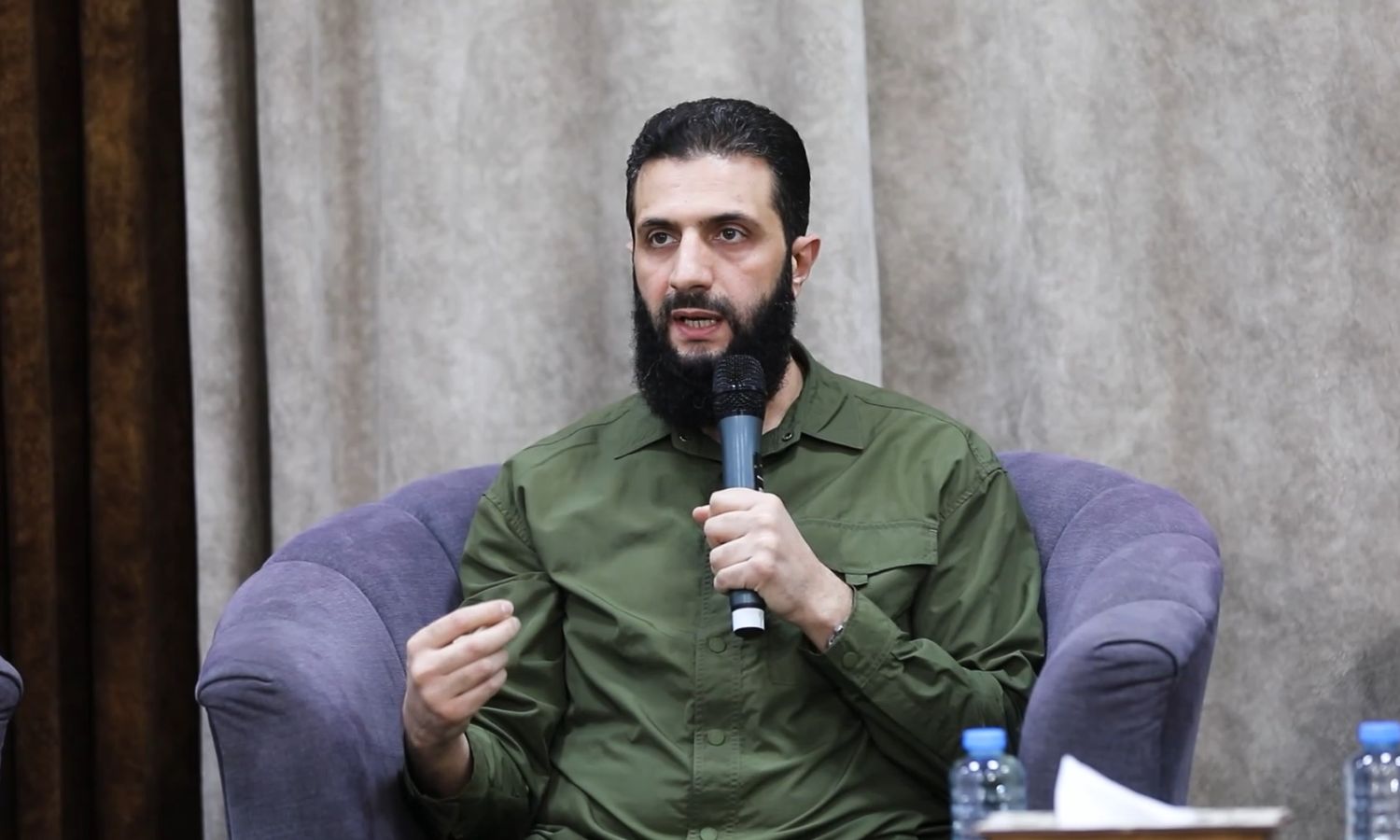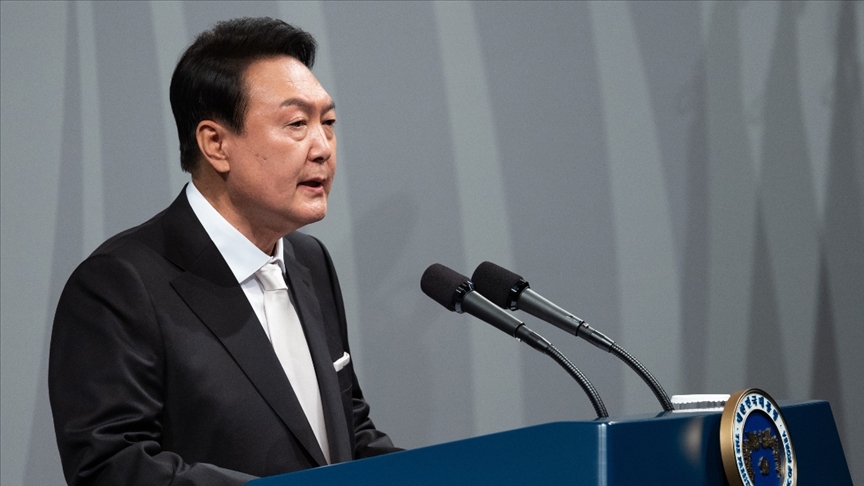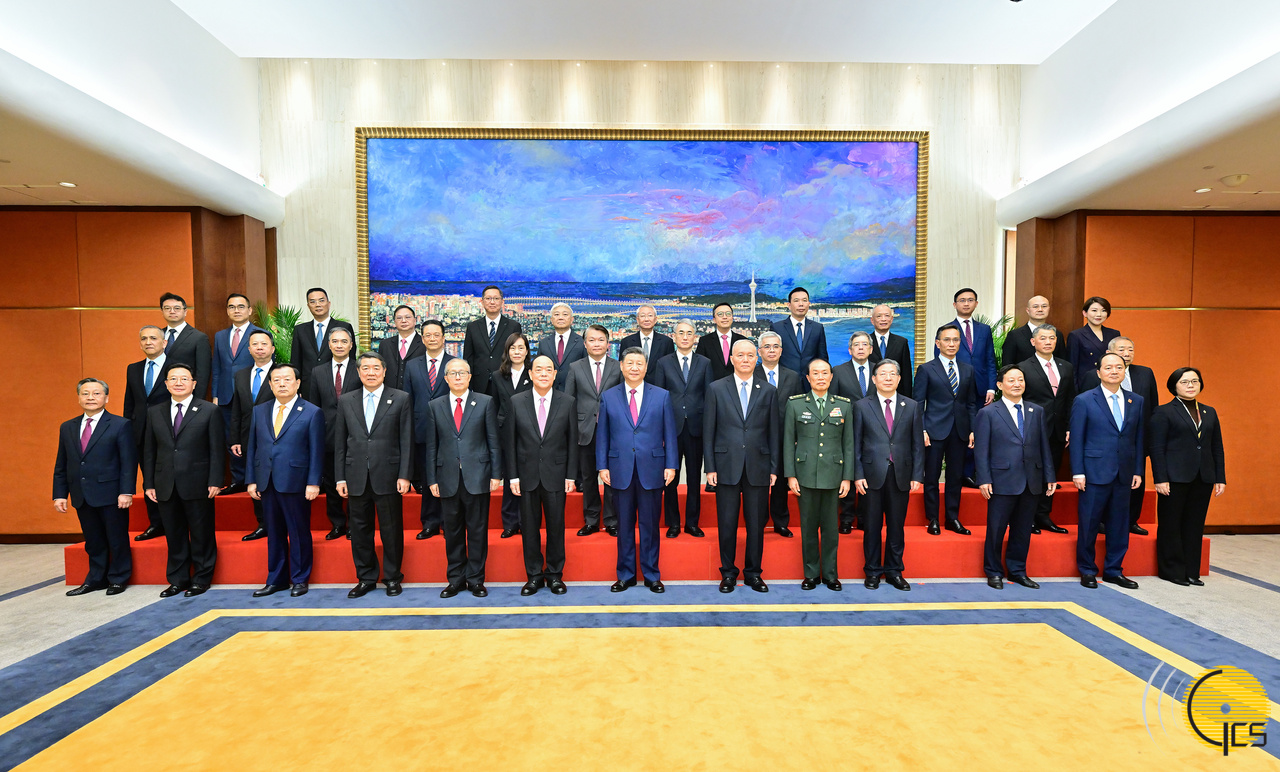Pakistan has been suffering from its worst economic age, where the International Monetary Fund (IMF) has already slashed the growth outlook for the cash-strapped country, forecasting its economic growth 0.5pc this year, down from 6 percent in 2022.
Pakistan has been facing around 27pc inflation this year as per IMF prediction that could harm the country of an over 230 million people.
The global lender also warned that the country will struggle with unemployment this year and also last year’s deadly flood that resulted in the death of 1,739 people, has caused a damage of $30 billion.
To cover the current economic crisis, the coalition government of Pakistan’s Prime Minister Shahbaz Sharif is in talks with the IMF to receive a key tranche of a $6 billion package.
Sharif’s predecessor, Imran Khan, who is now a key opposition, has signed the package in 2019.
On Tuesday morning, Sharif held a telephonic conversation with IMF Managing Director Kristalina Georgieva, and the talks were centered around matters related to the IMF program.
Pakistan hopes to get bailout funds in a day or two
During the conversation, Sharif had expressed hope that the lender would announce a decision pertaining to the release of bailout funds within a day or two, according to local media.
Pakistan’s ninth review by the IMF under the 2019 Extended Fund Facility (EFF) for the release of a $1.2bn tranche is still pending with fewer than 10 days remaining until the program’s expiry on June 30, Dawn reported.
Pakistan was expected to get around $1.2 billion from the lender in October last year, but it has not been preceded and the IMF says Pakistan is not able to meet important prerequisites required for the budget.
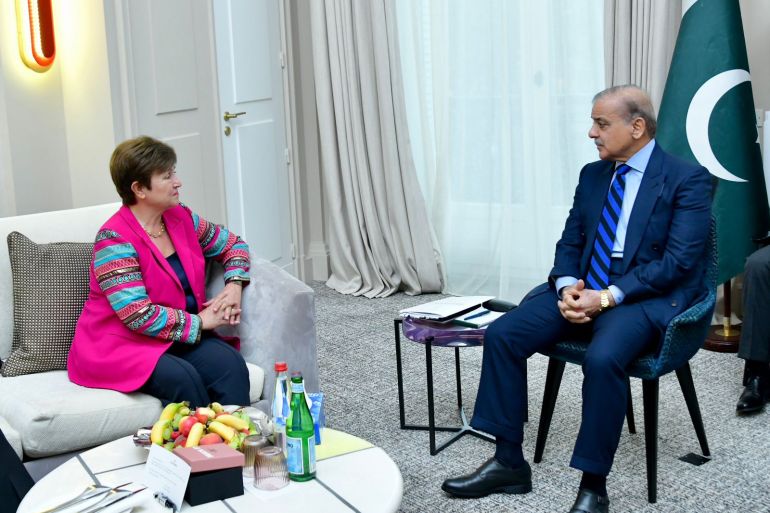
The IMF Managing Director Kristalina Georgieva (L) met Pakistani Prime Minister Shehbaz Sharif (R) in Paris (Pakistan Prime Minister’s Office)
Now, when the deadline is about to expire, Pakistan’s primer held back-to-back meetings with Georgieva in Paris last week, to make sure it gets the money to deal with current economic difficulties.
“In connection with the meetings held in Paris, the IMF director general acknowledged efforts by the finance minister and his team for completion of the program,” said a handout released by the Prime Minister’s Office (PMO).
Sharif also reiterated his determination to achieve the goals of improving the economic situation through joint efforts, according to the handout.
Several observations on parts of budget
The IMF had earlier this month brought several eye-brows over Pakistan’s budget for fiscal year 2024. It made it clear that Islamabad has proposed some measures which are against the EFF program’s condition.
Esther Perez Ruiz, IMF representative for Pakistan, had earlier said Pakistan needed to satisfy the IMF on three counts, including the budget for the upcoming fiscal year, before its board will review whether to release the pending tranche, according to Dawn.
Considering the expiry of the program which some days remain, it seems Pakistan has failed to convince the IMF creating fear that the budget would not be materialized this time again.
Meanwhile, the government of Sharif is doing what it can to address IMF’s concerns and said Islamabad is flexible on the budget and expressed readiness to engage with the lender to eventually reach an good-natured solution.
Reportedly, the government of Pakistan last week has brought some changes to the fiscal year’s budget, including fiscal tightening measures dictated by the IMF in a last-ditch effort to secure critical funding, according to Dawn.
Pakistan’s Finance Minister Ishaq Dar had recently said that Pakistan and IMF had detailed negotiations for the last three days as a last effort to complete the pending review.
The changes include Rs215bn additional tax measures, a Rs85bn spending cut, withdrawal of an amnesty on foreign exchange inflows, lifting of import restrictions, a Rs16bn hike in Benazir Income Support Program allocations, and the powers to increase the petroleum levy from Rs50 to Rs60 per litre, Dawn reported.
Almost all irritants between two sides addressed
“Almost all the irritants between the IMF staff and the Ministry of Finance were addressed hours before the finance minister’s wind-up speech,” Dawn quoted an official.
Speaking on condition of anonymity, the official also said that it was now up to the IMF’s mission to line up the precise dates for the lender’s executive board approval and disbursement of funds.
However, he acknowledged that it was not on the calendar until June 30, when the $6.5 billion Extended Fund Facility agreed in 2019 is set to expire.
Pakistan primer Sharif during his visit to France also met with this expatriate community there. During the meeting, Sharif explained to them the circumstances in which the coalition government assumed office as well as the “mammoth economic, diplomatic and political challenges” that the government had to deal with over the last one year.
“I also outlined the broad contours of the Economic Revival Plan to put the economy back on track through long-term policies. Achieving economic self-reliance remains the overriding goal for the government,” Sharif added.

 EUROPE1 week ago
EUROPE1 week ago
 OPINION2 weeks ago
OPINION2 weeks ago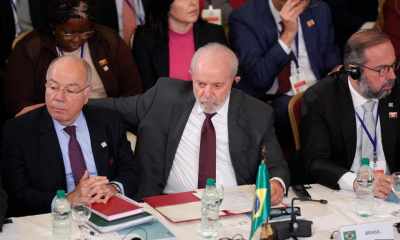
 OPINION1 week ago
OPINION1 week ago
 DIPLOMACY2 weeks ago
DIPLOMACY2 weeks ago
 OPINION2 weeks ago
OPINION2 weeks ago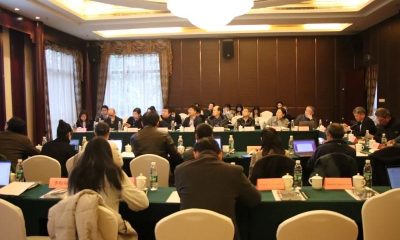
 ASIA1 week ago
ASIA1 week ago
 MIDDLE EAST1 week ago
MIDDLE EAST1 week ago
 MIDDLE EAST2 weeks ago
MIDDLE EAST2 weeks ago
